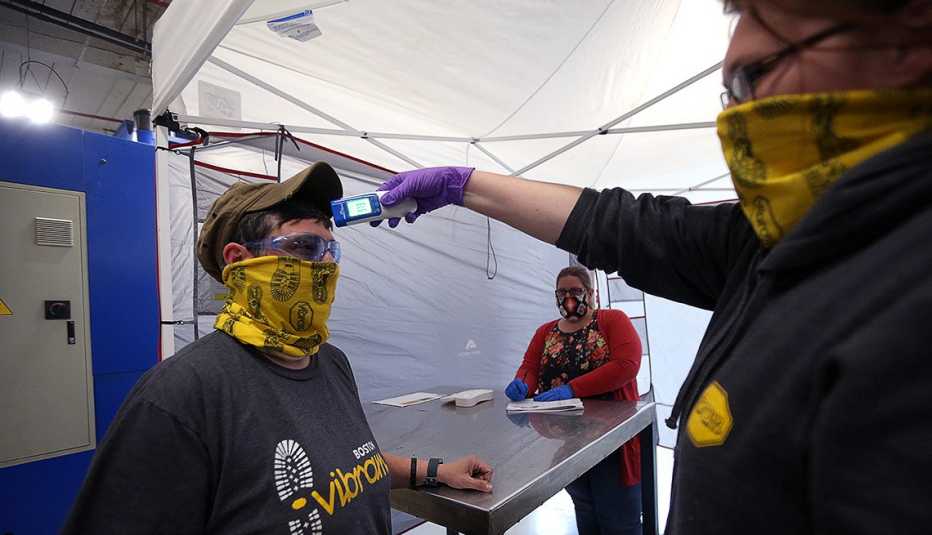AARP Hearing Center
During the first six months of the COVID-19 pandemic, workers age 55 and older were 17 percent more likely to lose their jobs than employees who were just a few years younger. That difference in unemployment rates translates into a staggering toll on the livelihoods of older adults. Roughly 1 million older adults would still have jobs right now if their unemployment rate matched that of mid-career workers between the ages of 35 and 54, according to a new report from the Retirement Equity Lab at the New School.
The study, which analyzed data from the U.S. Census Bureau's “Current Population Survey,” shows that this recession is unlike any in recent decades. This is the first time in 50 years that older adults are experiencing higher unemployment than mid-career workers. And researchers don't think the higher rate is just the result of older people choosing not to work because they are worried about possible exposure to the coronavirus.
"We explored this idea about whether or not this is a supply-side issue — about whether or not older workers are shy of going to work and therefore pulling themselves out or staying longer in unemployment,” says Teresa Ghilarducci, director of the Retirement Equity Lab. “Given their financial situation — that they've lost their health insurance because they're not working or they don't have enough [in their ] pensions — the evidence stacks up that it's not the older worker deciding not to go to work."
There are three main reasons why older adults are experiencing higher unemployment rates than their mid-career colleagues right now, according to the report.
- The initial job losses hit older workers harder. Between March and April, 10.9 percent of older workers fell into unemployment, compared with 8.9 percent of workers ages 35 to 54.
- Unemployed older adults have been rehired more slowly. Between April and September, on average, 28 percent of older job seekers found employment each month, compared with 32 percent of mid-career employees. “In a typical recession, older workers’ unemployment rate remains below that of their younger counterparts, though they face longer unemployment durations,” says Jen Schramm, senior strategic policy adviser at the AARP Public Policy Institute. “But currently, older job seekers face both high rates of job loss and longer durations of unemployment."
- Older workers continue to lose jobs more quickly. This gets back to that key statistic: During the past six months, older workers were 17 percent more likely to become unemployed than their slightly younger peers. And, as is generally the case with unemployment data about older adults, these numbers probably underestimate the true rate of job losses. Many older workers who lost their jobs may have decided to retire involuntarily or otherwise leave the labor force, which means they are not counted in official employment statistics.




































































